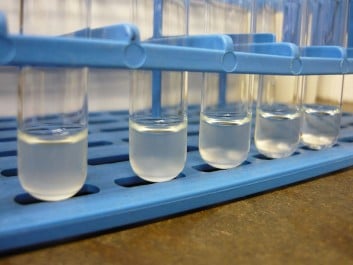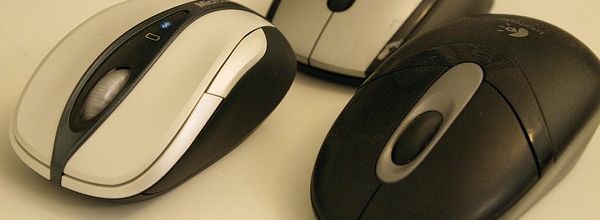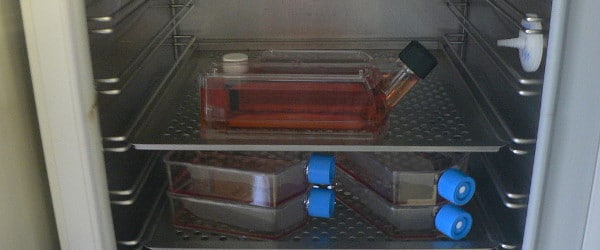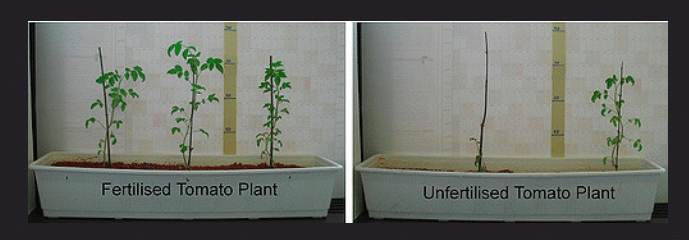I once knew a postdoc who was absurdly accurate at guessing the optical density of microbial cultures. I was jealous – imagine how much time I would save if I could spec my cultures just by looking at them!
Since I lacked the innate optical talents required to compete with my friend, I developed a nifty system that radically improved my skills as a Human Spec.
The system is so simple that with a bit of effort, anyone can train their eye to guesstimate culture optical densities. Here it is:
Step 1: Make a Standard Curve
Enjoying this article? Get hard-won lab wisdom like this delivered to your inbox 3x a week.

Join over 65,000 fellow researchers saving time, reducing stress, and seeing their experiments succeed. Unsubscribe anytime.
Next issue goes out tomorrow; don’t miss it.
Set up a dilution series of your culture across the OD range that you wish to be able to measure by eye (see figure 1). It’s important that you use a vessel type and culture volume identical to the cultures you will eventually measure, since varying either of these will change how dense the culture appears to the naked eye.
Step 2: Make a Reference Card
Make a reference card out of any printed text and affix it to a convenient and well-lit location. I suggest that you tape it to the shaker, and make the text entertaining or important enough to be left in place by your lab mates. A grumpy reminder to turn the shaker back on is a safe choice. If you’re using flasks, tape the card to a horizontal surface; if you’re using tubes, tape the card to a vertical surface.
Step 3: Calibrate your Eye
Place your cultures in front of the reference card and try to read the text through the culture. The differences between the optical densities should now be very obvious. If you practice this for a while you will quickly get a feel for estimating the OD600 of samples.
Take photos of your standard curve in front of the reference card and print them out (just like in Figure 2). Next time you need to read an OD, just compare your samples to the photos of the standard curve!
Disclaimer: This is a method of enhanced guesstimation only. Your ‘Materials and Methods’ section will look ridiculous if you need to write that “the optical density at 600 nm was measured by eye.”










